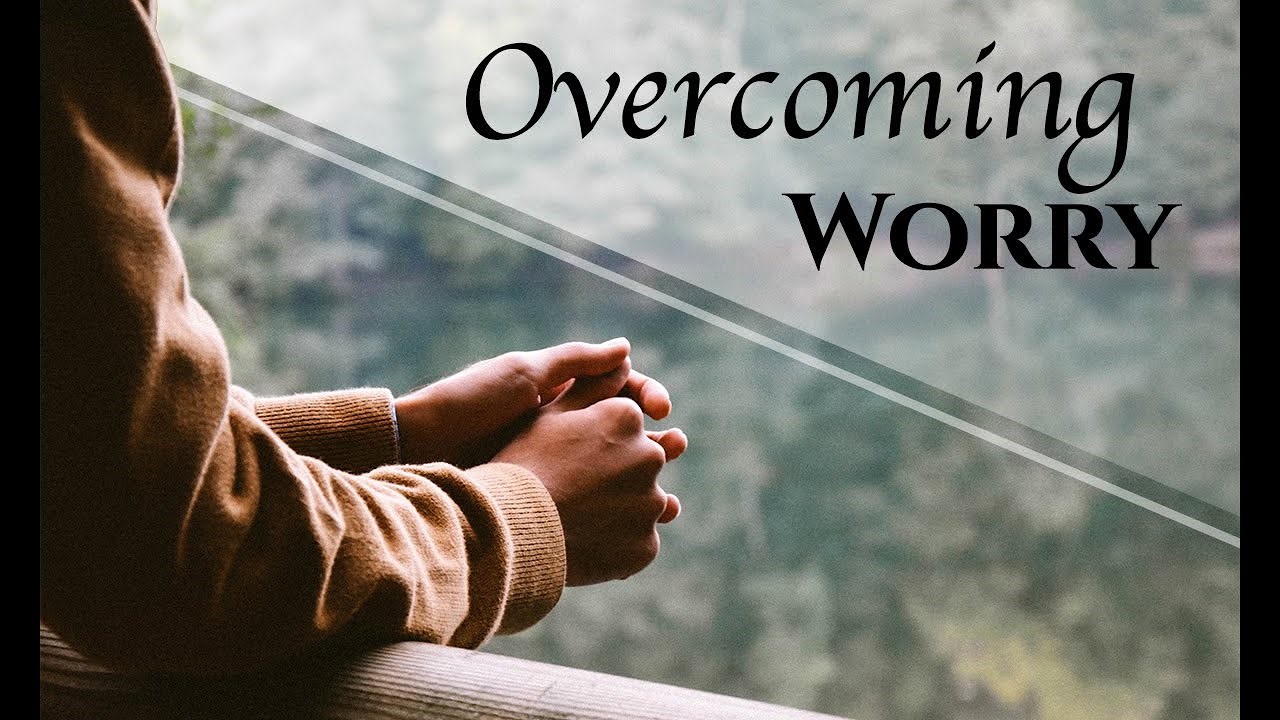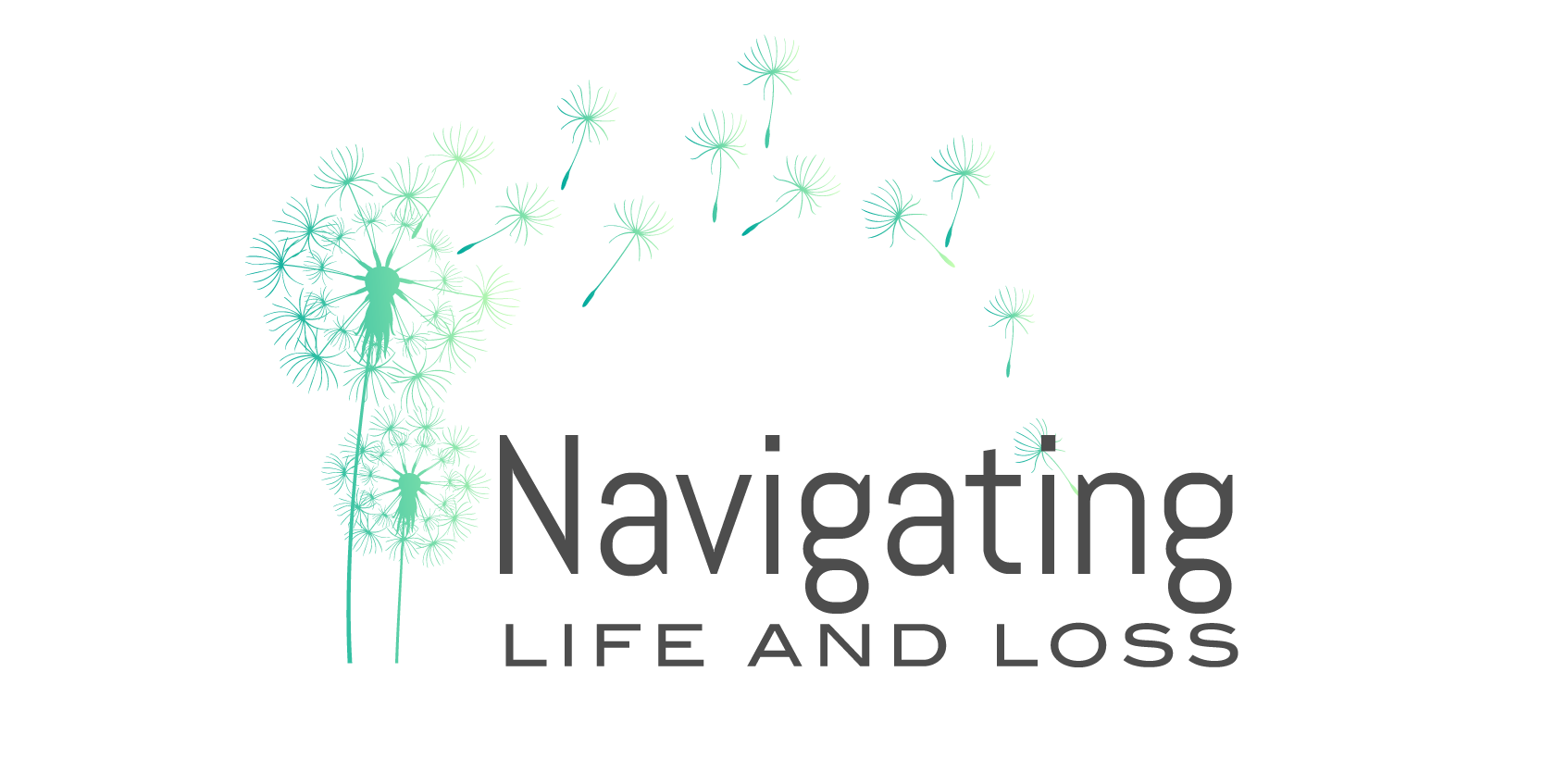
Heili Lehr, MA, LPCC – www.navigating-loss.com
Worry is something that is uniquely human. We worry about things in the past and what we could have, should have, might have done differently. We worry about the future and things that haven’t happened yet, as our minds run constant simulations of possible alternate scenarios and outcomes.
Worry, like most things humans do, has its adaptive and useful qualities. At its best, we can use worry to provide information about what we would like to do differently next time. Now that we can see the past through the benefit of hindsight, we may be able to select different actions that could produce a more favorable outcome. For example, if you said something to a friend that hurt their feelings and you are worrying that it may have damaged the relationship, that worry might encourage you to make amends and be more discerning with your words next time.
Worrying about the future, in moderation, can also be adaptive and useful. If we are worried about doing well at an important job interview, it can inspire you to prepare, do your research and rehearse, so that you go into the interview feeling competent and confident. So if worry can sometimes be beneficial, exactly how can we tell if and when worry becomes problematic?
Worrying about something that is within your control can be useful, it can help you do your research, weigh the pros and cons, problem solve and make an informed decision. As long as the worry is about something that you have personal agency over, it can produce a temporary state of heightened energy that is useful in finding the best and most considered option you have available to you. Where worry goes awry is when you start to ruminate about things in the past that you cannot change, or when you feel anxious about things in the future that you have absolutely no control over. This kind of worry can be very destructive if it is keeping you from enjoying the present, stealing your joy, and affecting your ability to sleep or relax because your mind is constantly racing.
If you find yourself in a state of rumination or worry, ask yourself – Is this a problem I can solve? If so, then channel the worried energy into making a plan, arriving at a solution or setting a course of action, then act on it and move forward. If there is nothing you can do about it, then let it go. You might be thinking – Well, that is easier said than done! Exactly how do I “Let it Go”? Good question, and here are four practical suggestions that may work for you:
- Visualization: Get the worry outside of yourself and externalize it by picturing the worry as an actual person, an annoying neighbor knocking at your door that you can send away, or an object like a cloud in your sky or a leaf you can put in a stream to float away.
- Write it down: Make yourself a “worry list” or journal and write down exactly what it is that you are worried about in as much detail as possible, challenge it, analyze it, conjure up your worst case scenario. Just the act of doing this might help illustrate the uselessness of worrying about it or allow you to feel that you got it out of you and onto the paper.
- Physically Let It Go: Select a sharp rock and hold it tightly in your fist, spend a few minutes focusing on the worry and putting it all into the rock. Then find somewhere to toss it – maybe into water like a pond or a stream. If you feel the worry returning, remind yourself that it is lying at the bottom of the water with the rock.
- Focus on the Present: If you catch your mind wandering anxiously into ruminating about past or worrying about the future, do something to bring your focus into the present. Find something right in front of you to be grateful for, take a long centering breath, or engage in mindful listening to identify sounds you can hear right now.
If you are struggling with worry and you are having difficulty making decisions or letting go of things that are outside of your control, I can help you discover ways that work for you. Visit me at www.navigating-loss.com.





Leave A Comment
You must be logged in to post a comment.